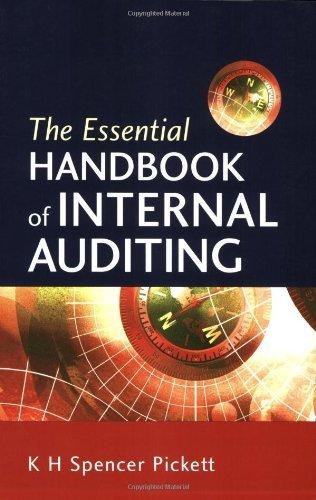Question
Contribution margin is calculated first. It is the difference between sales and variable costs. Contribution margin is the amount that is available to pay ________
Contribution margin is calculated first. It is the difference between sales and variable costs. Contribution margin is the amount that is available to pay ________ costs.
A. Fixed B. Direct C. Manufacturing
After those costs are paid, anything remaining from contribution margin becomes ________ .
A. Profit B. Gross Margin C. Revenue
In CVP analysis, it is useful to state the contribution margin income statement as the following formula:
| Sales Variable Costs Fixed Costs = Operating Income |
CVP and the Break-Even Point
Review the following concepts about CVP analysis and the break-even point and then complete the related statements.
| Concept | Statement | |
| 1. | It is important to understand contribution margin because it is used to determine the break-even point, which can help predict the success of a new venture or product. The CVP formula can be used to determine the break-even point. | At the break-even point, operating income is A. $0 B. Equal to fixed costs C. Equal to variable costs D. Equal to contribution margin |
| 2. | Contribution margin is the amount available to cover fixed costs. The CVP formula can be restated to reflect this. | At the break-even point, contribution margin is A. $0 B. Equal to fixed costs C. Equal to variable costs D. Equal to contribution margin |
| 3. | Managers analyze how changes in costs and selling prices will affect contribution margin and, therefore, the break-even point. An increase in selling price or a decrease in variable costs will cause the contribution margin to increase, providing more than enough to cover fixed costs. | When contribution margin increases, the break-even point will A. Decrease B. Increase |
| 4. | Likewise, if selling price decreases or variable costs increase, contribution margin will decrease and be less than fixed costs. | When contribution margin decreases, the break-even point will A. Decrease B. Increase C. Not change |
| 5. | Any changes to fixed costs will affect the amount of contribution margin needed to cover fixed costs. Recall that at break-even, fixed costs are equal to contribution margin. If fixed costs increase, more contribution margin is required to break even. If fixed costs decrease, less contribution margin is required to break even. | If fixed costs increase, the break-even point will A. Decrease B. Increase C. Not change If fixed costs decrease, the break-even point will A. Decrease B. Increase C. Not change |
Step by Step Solution
There are 3 Steps involved in it
Step: 1

Get Instant Access to Expert-Tailored Solutions
See step-by-step solutions with expert insights and AI powered tools for academic success
Step: 2

Step: 3

Ace Your Homework with AI
Get the answers you need in no time with our AI-driven, step-by-step assistance
Get Started


